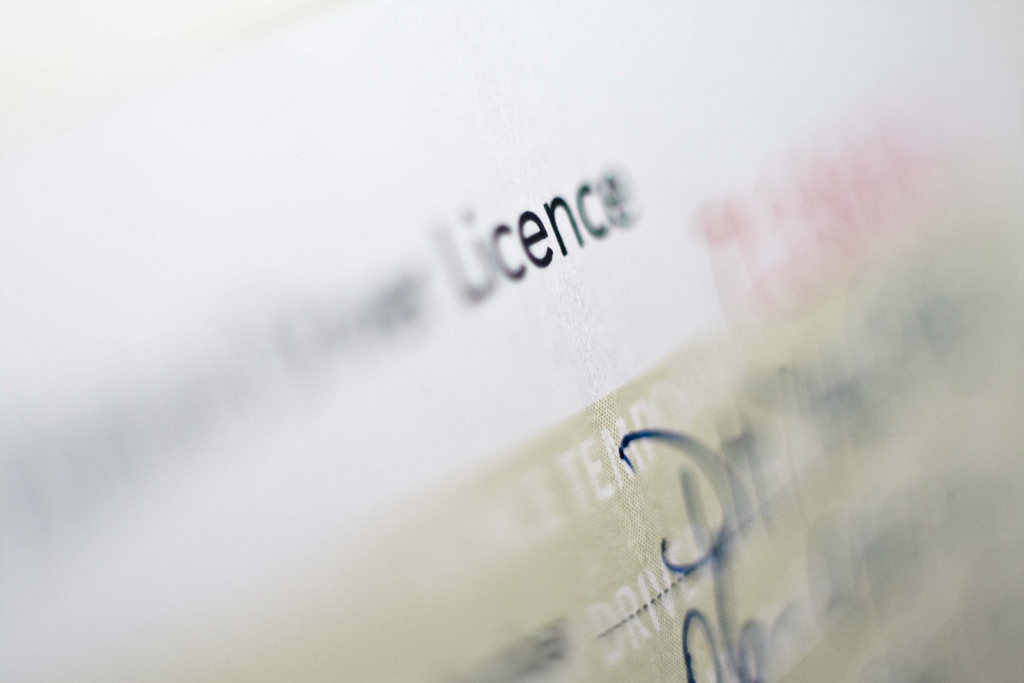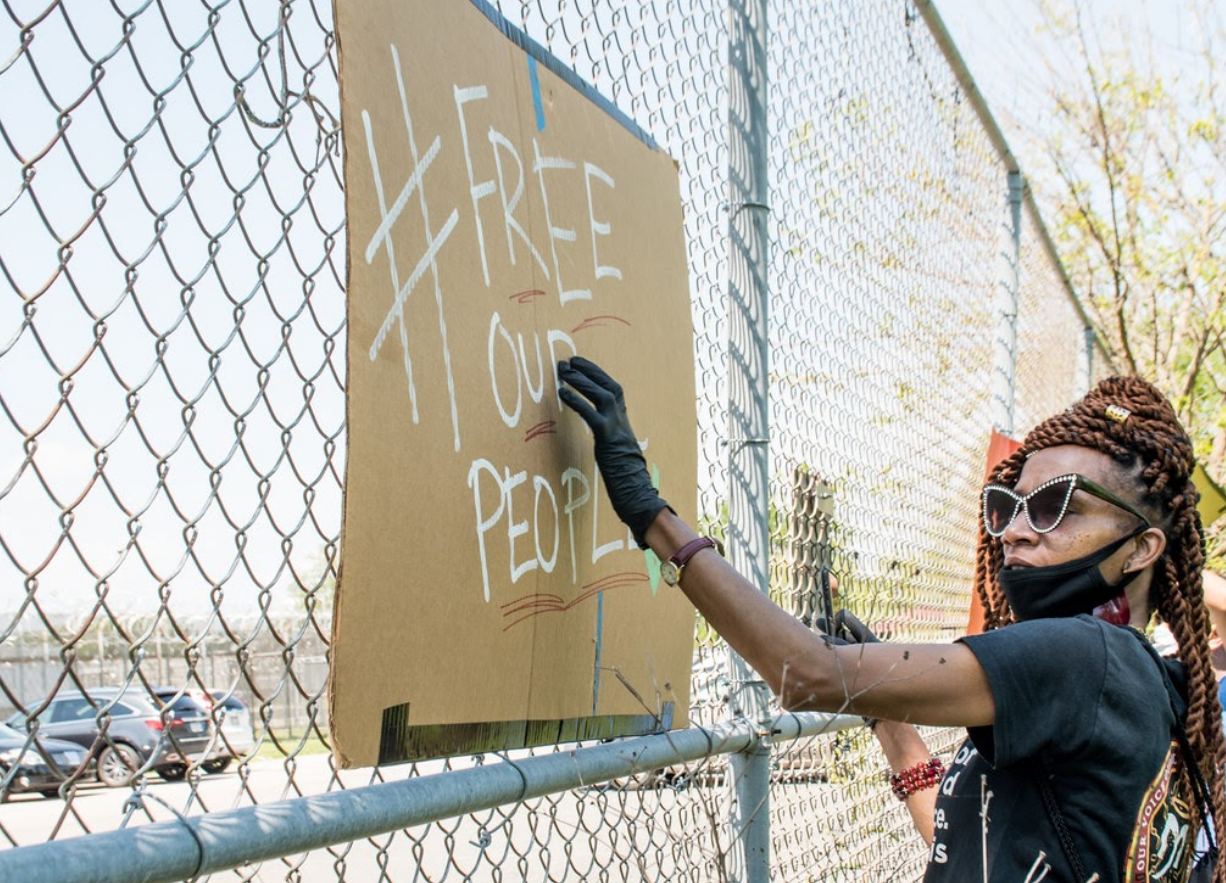“We know, Heaven help us, that the best and fairest of our kind too often fade in blooming”
– Charles Dickens, Oliver Twist
What to do With Homeless Youth
Our federal government’s perspective has long been for homeless Americans to “pull themselves up by their bootstraps” and secure their places as productive members of society. This demand for rugged individualism ignores systemic injustices at play that keep individuals trapped in cyclical states of chronic homelessness, and does nothing to alleviate the plight of the more than 770,000 adults who were deemed homeless as of 2024. Beyond this adult population, rugged individualism does not even begin to account for what we should do with the more than 1.4 million K-12 students deemed “unhoused” as of the 2022-’23 school year.
We have understood since the late 1980s that America’s unhoused students need much more than a tired slogan to begin healing. Since 1987, the primary policy protecting the rights of this unhoused population has been the McKinney-Vento Homeless Assistance Act. The act outlines an unhoused student’s right to remain within their home school district regardless of address permanency, access to identifying documents, and obstacles of transportation.
In 2025, with the Trump-Vance administration’s mass efforts to defund and disband the United States Department of Education (DOE), however, parents and educators around the country lie in fear over what the future holds for their unhoused students. To protect this incredibly vulnerable population of young Americans, it is essential that we as a nation understand the threats that these budget cuts have on the lives and futures of children left unhoused for reasons far out of their control.
The History of the McKinney-Vento Act
Due to the Reagan administration’s mishandling of public health crises and cutting of social security programs, it should come as no surprise that the 1980s have been coined the “birth of contemporary homelessness”. In 1986, following thousands of Americans’ advocacy, The Homeless Persons’ Survival Act was introduced in both houses of Congress with the goal of providing emergency relief, prevention measures, and systemic reform towards ending America’s homelessness crisis. After undergoing a year of changes to both name and policy, in 1987, Ronald Reagan officially signed the newly christened McKinney-Vento Homeless Assistance Act into place. The defining characteristic of this new act was the installation of rights and services for K-12 students who lack a consistently adequate residence.
The importance of upholding a student’s right to remain in their home district on their long-term personal, professional, and academic successes cannot be understated. A 2024 University of Pennsylvania study on the effects of long-term student-teacher relationships found that the impacts of positive student-teacher mentoring were shown to significantly increase academic achievement, socioemotional skills, and executive functioning for up to three academic years post contact between a student-teacher duo.
This increased rate of success that long-term student teacher relationships provide unhoused children is what the Trump-Vance administration wants to take away by disbanding the DOE. In understanding the full implications that Trump’s DOE disbandment will have on McKinney-Vento students, it is important to paint a picture on who these children are, and what exactly is at stake for them to lose.
The Faces of the McKinney-Vento Act
Let us use our hypothetical fourth-grader, Chris, as an example of a student utilizing associated McKinney-Vento resources. At ten years old, Chris is a straight-A student and star baseball player. Facing difficulties at home, Chris has always relied heavily on the support and motivation of his coach and teachers in believing that he is smart enough to do well in school. Chris, his mother, and his younger sister lost their housing halfway through the summer after fleeing domestic violence at the hands of Chris’s father. Out of fear of retaliation, Chris’s mother chose to forgo the shelter closest to her children’s elementary school in favor of residing in a shelter in a neighboring town.
This shelter does not allow patrons to use its address as a long-term residence on official governmental documents due to the transient nature of its guests. With no long-term legal residency, Chris and his sister would be forced out of their elementary school. On top of losing their home, belongings, and father, these kids would lose their last semblance of support in the form of friends and teachers. However, under McKinney-Vento provisions, DOE funding can be used to avoid this heartache by providing Chris and his sister with access to legal aid in petitioning for crucial identifying documents and transportation to their homeschool. However, Trump’s proposed disbandment of the DOE will mark the dissolution between the 1.4 million kids just like Chris, and the services that they have come to depend upon.
The Trump-Vance Roadblock
If you were to ask Trump for the rationale behind DOE cuts, he would say this dismantling is designed to empower individual school municipalities to make decisions without strict federal guidelines in the way. If you were to ask many American educators, they would say that this proposed dismantling is designed to line the pockets of those with stakes in an already over-inflated defense budget, and to discredit any public school curriculum which goes against the moral codes of the Trump-Vance administration.
Trump is ignorant of the impact to the McKinney-Vento program when he is making loud decries for the disbandment of the DOE. America’s unhoused children are simply unfortunate casualties in the fallout of Trump’s ideological war against educators.
Regarding what will become of the McKinney-Vento program if Trump’s dismantling of the DOE comes to fruition, the director of the SchoolHouse Connection states that the proposed cuts would result in McKinney-Vento funding being consolidated into a larger block grant with seventeen other programs. This consolidation would effectively repeal the program in its entirety, the director claims. The ability of all those who benefit from the program to maintain admission status and access to their home school districts would be gone.
If Trump’s proposed disbandment of the DOE were to become a reality, over 1 million of America’s children, especially those who are people of color, will lose funding that determines the shape of their lives. In addressing the racial disparity of harm that the proposed DOE disbandment would have on McKinney-Vento impacted youths, it is important to understand that a 2022 report on student homelessness in America found that Indigenous American, Hispanic, and Black students were overrepresented in rates of homelessness compared to overall percentage of the population, while white students were significantly underrepresented. This disruption of the McKinney-Vento program does more than just disrupt the lives of the youths that stand before us. It continues the systemic oppression of poor people of color’s educational rights for generations to come.
Already forced into leading structureless lives, education marks these children’s greatest chance of going on to be healthy, happy, and successful. Without the resources that the American school system provides, these children would be denied the potential to grow into leaders who change this system and create betterment for generations to come. With the potential for Trump’s provisional executive orders to be declared law increasing day-by-day, so is the potential for youth experiencing homelessness to lose the last safety net that they have clung to: an education. In subtracting the McKinney-Vento program from the math classes of our youths, we are adding on another rung to the exorbitantly high ladder one must climb to escape poverty.



